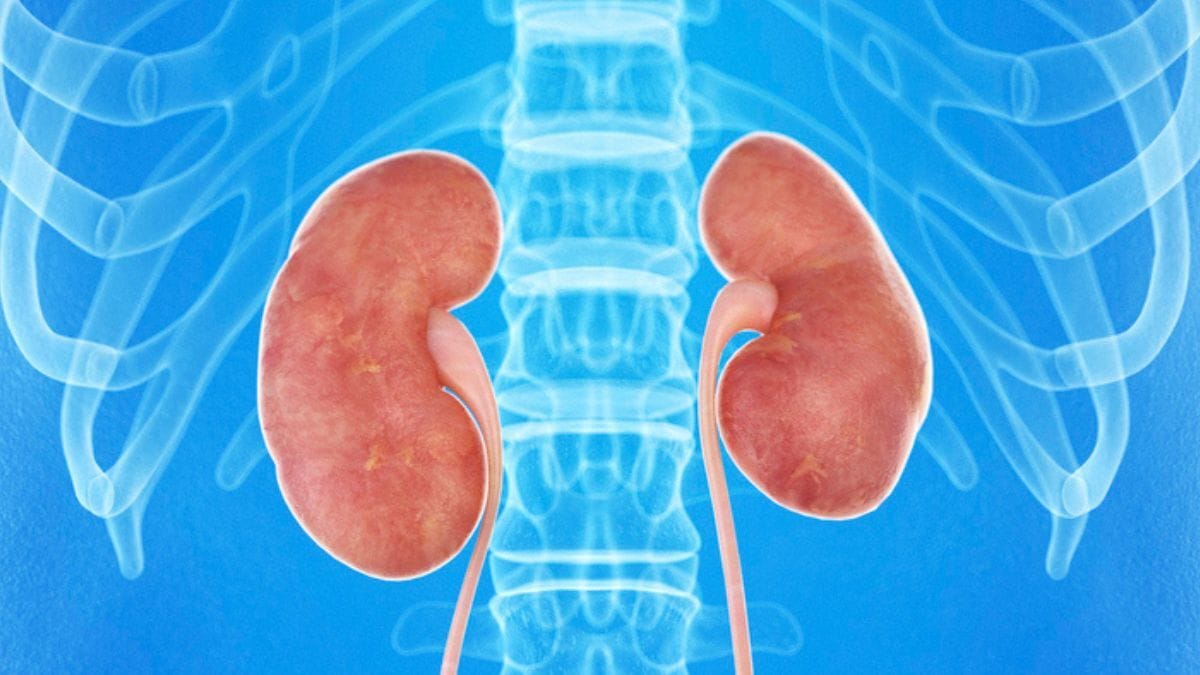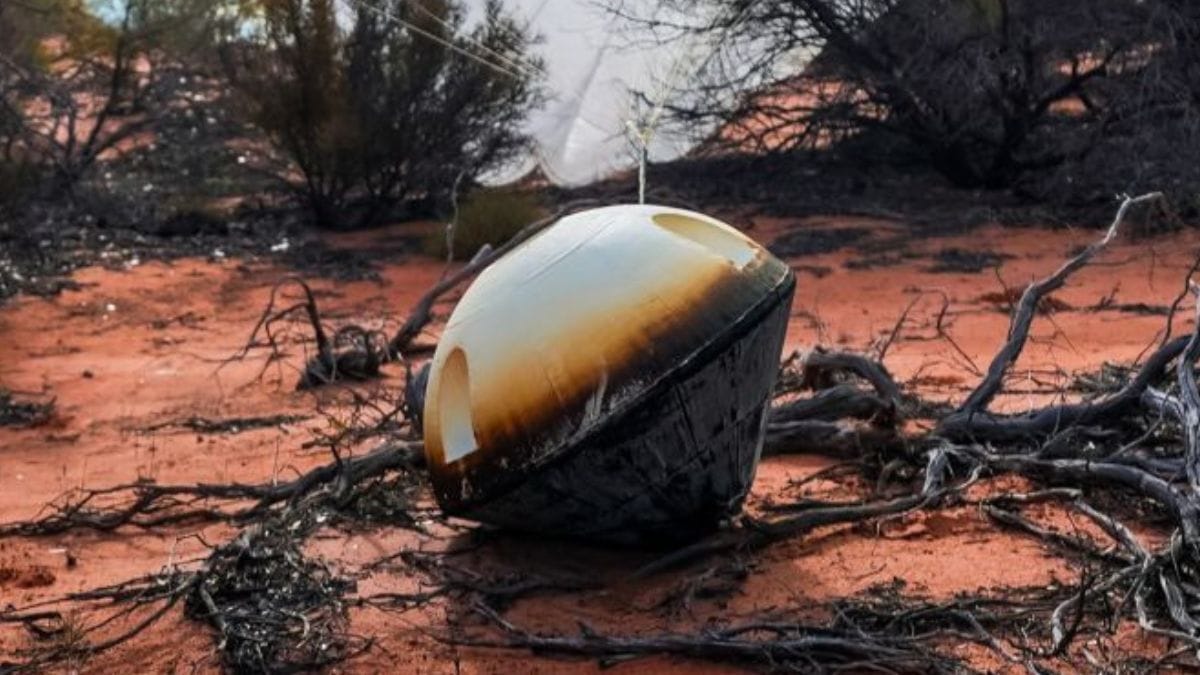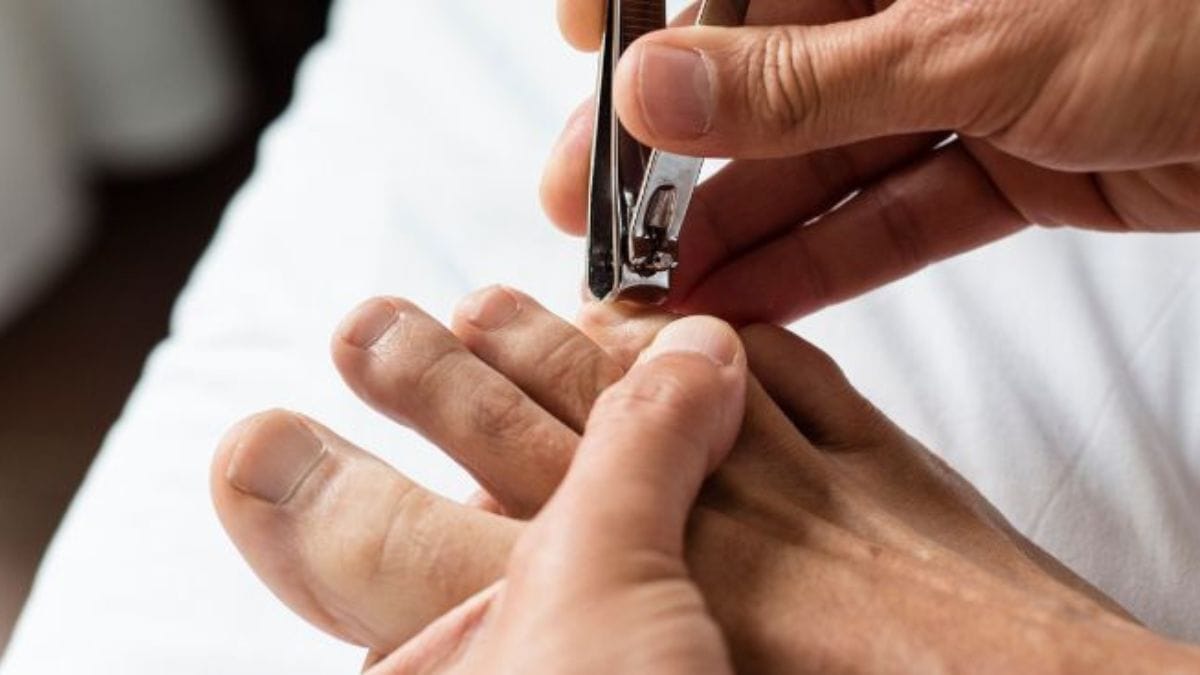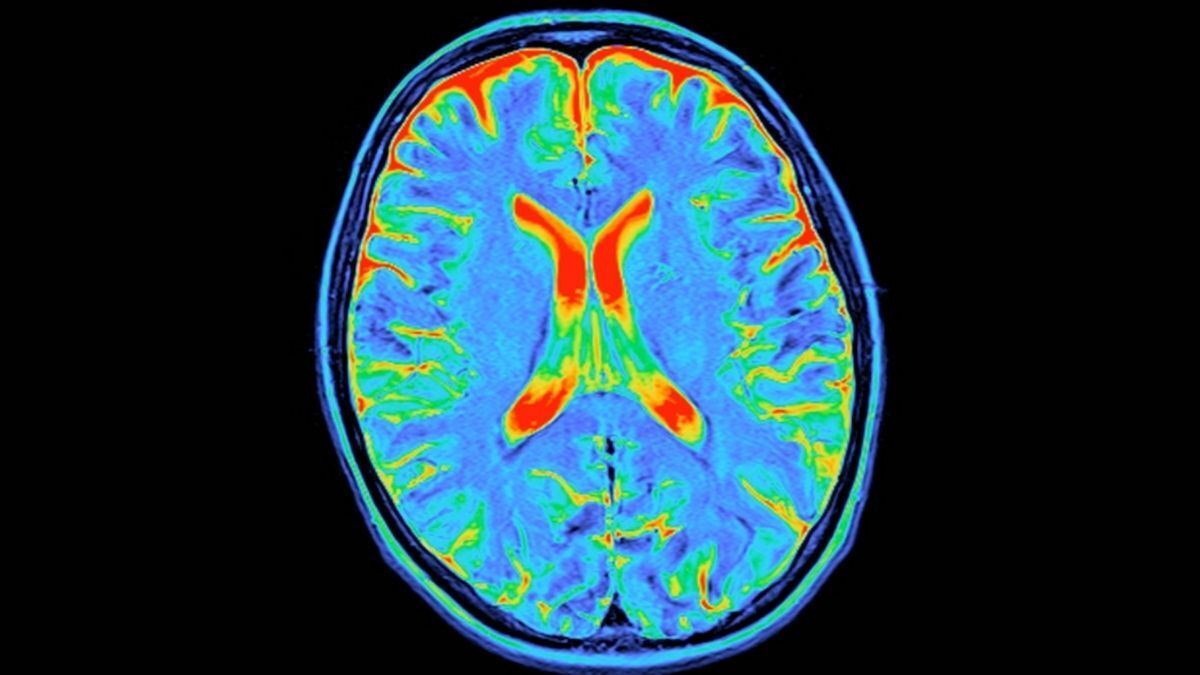The brightest take on this week’s science
Time for your weekly science fix!
Researchers are developing pharmaceuticals in space that can’t be made here on Earth, and today, you get to read an exclusive interview about it.
You also get to marvel at:
🩸 A genius breakthrough for organ transplants
🦶A cancer clue hiding in your toenails
🔬 A microscope mystery you’ll never guess…
Scroll forth!
LOW-KEY GENIUS
First ‘Universal’ Kidney Transplant a Success
Today, when a donor kidney doesn’t match a recipient’s blood type, the only option is lifelong immunosuppressants. Otherwise, their body rejects the organ.
Researchers from Canada and China have created a potential alternative.
They’ve designed a ‘universal kidney’ that can, in theory, be safely transplanted into any human body.
Their test organ survived and functioned for several days in the body of a brain-dead recipient, whose family consented to the research.
Each day in the US, 11 people die waiting for a kidney transplant. A ‘universal’ organ like this one could prove life-saving.
HEADLINES
What Else We're Watching
🏅This week’s most read: Huge Study Links 99% of Heart Attacks And Strokes With Four Risk Factors
LOOK UP
Your Drugs May One Day Come From Space
Incoming!
In May, a spinning object plummeted through our planet’s atmosphere and landed in the Australian desert. Inside, was a new type of pharmaceutical, formed after two months in low-Earth orbit.
The drugs are among the first to be synthesized in space and returned to our planet intact.
In microgravity, different crystal structures form than here on Earth, which is why the US space research company Varda Space Industries is testing pharmaceutical development in orbit.
Our head journalist, Michelle Starr, spoke to Varda’s Chief Science Officer Adrian Radocea about how the company plans to have a drug in humans in the next decade.
ZOOM ZONE
Microscope Mystery: What Do You See?
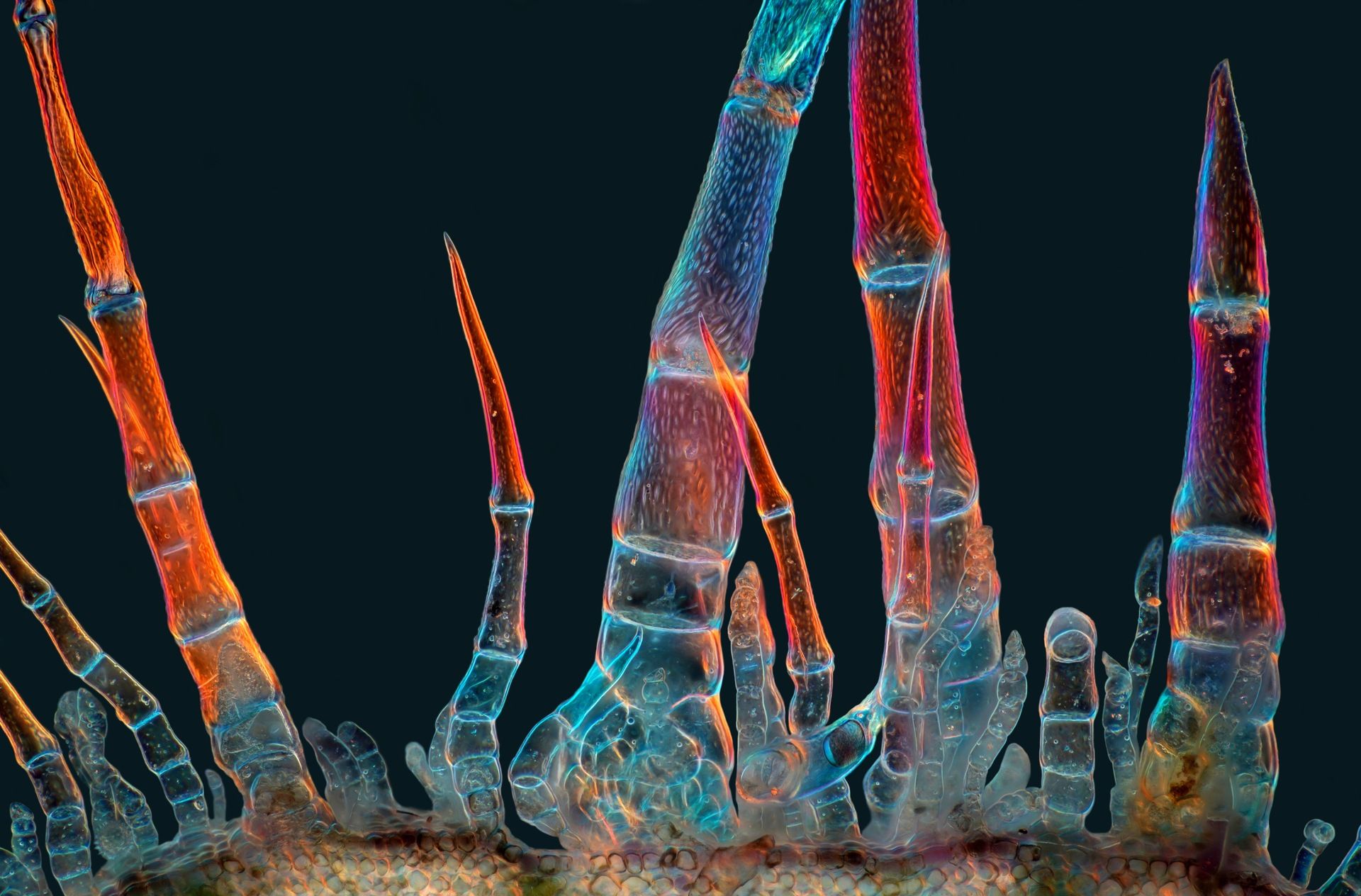
(Marek Miś Photography/Nikon Small World 2025)
A) Crab hairs
B) Cactus spines
C) Sunflower hairs
D) Flea legs
Answer at the bottom.
LOOK IN
Toenail Cuttings May Predict Cancer Risk
Cancer can impact the body from head to toe.
A new study suggests that our toenails may hide a serious risk factor for lung cancer – even in those who don’t smoke tobacco, or who smoked long ago.
Radon is a colorless, odorless gas that is the second-leading cause of lung cancer after tobacco smoking.
Human nails are an excellent archive of our past exposure to this toxin.
That means toenail cuttings could indicate who is at most risk of lung cancer from radon exposure, and who should be screened more carefully.
WOW FACTOR
Science Fact of the Week
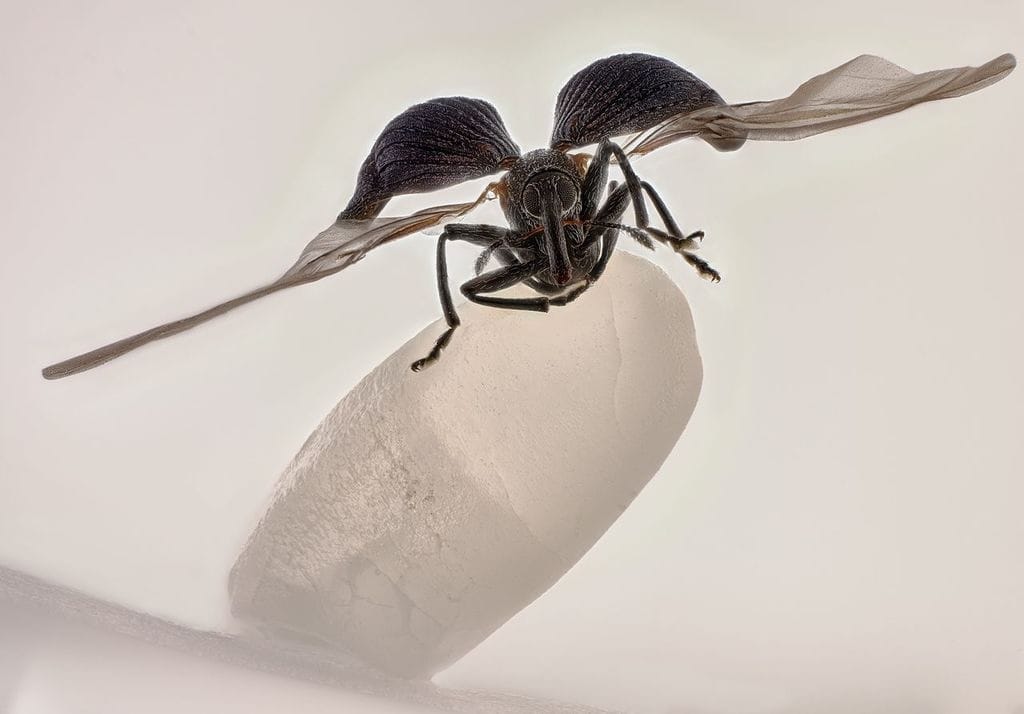
(Zhang You/Nikon Small World)
The winning entry in this year’s Nikon Small World photomicrography challenge is this incredible shot of a rice weevil – its wings spread for flight.
Did you know that a weevil like this one grows up inside a single grain of rice?
Like a tiny cocoon, the kernel serves as a cradle and a food source. When the larva finally eats its way out, it can meet its mother and all its siblings.
Female rice weevils lay two to six eggs a day.
DOPAMINE HIT
Before You Go…
Watch a woodcock jig without smiling. I dare you.
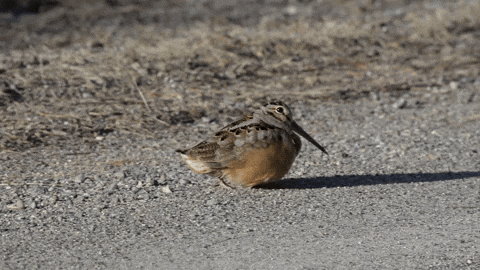
(USFWS)
Microscope answer: sunflower hairs.
Sunflower trichomes are hair-like plant outgrowths on leaves and stems that look like white fuzz when backlit by the Sun. The tendrils protect the plant from UV radiation, prevent water loss, and reflect light, influencing photosynthesis.
That’s all for today… see you next week!
- Carly


